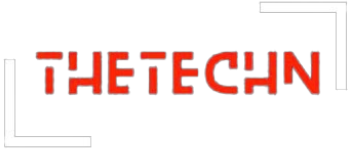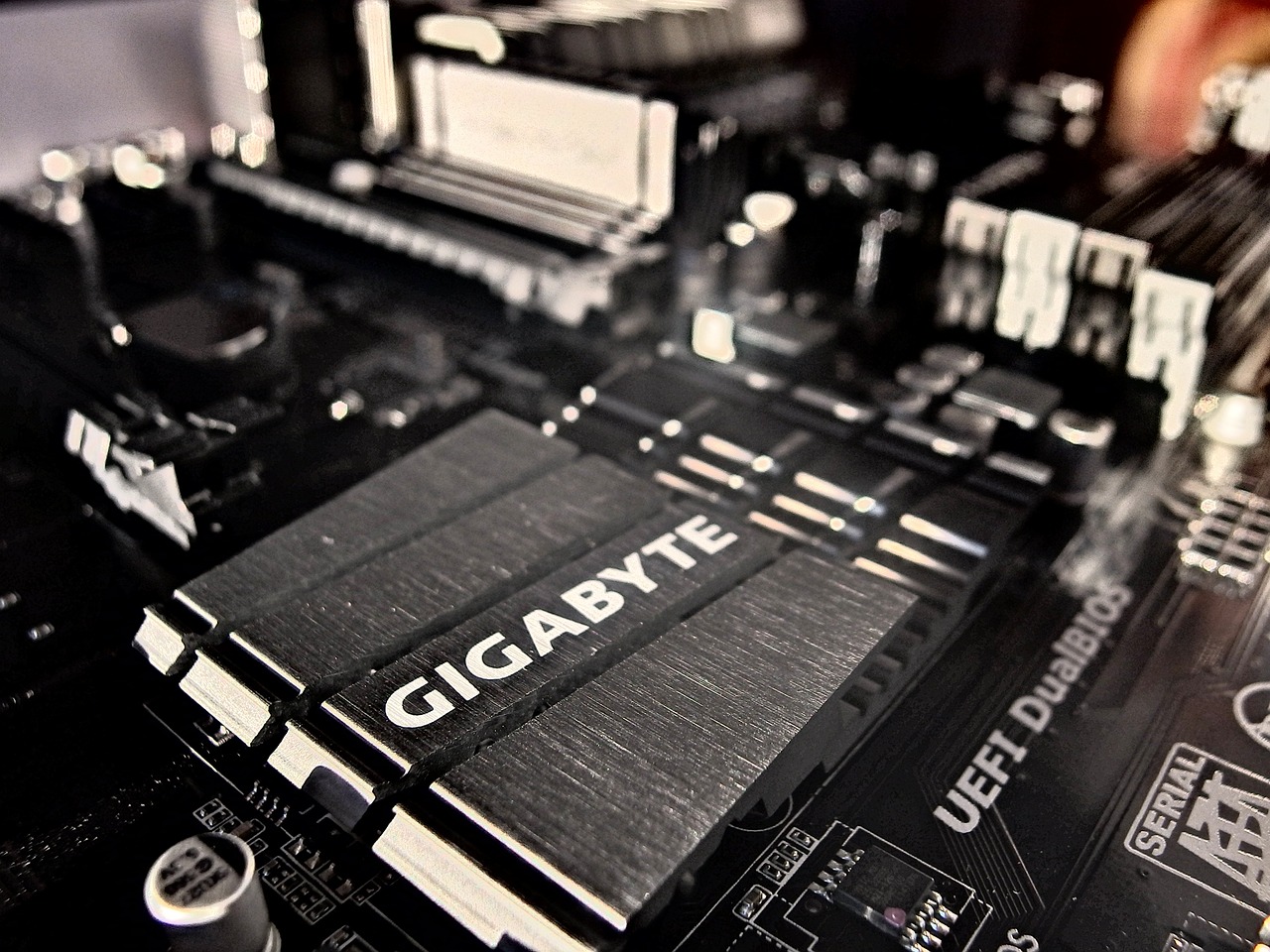Operating systems are integral to the functioning of computer systems. They act as a bridge between the hardware and software, managing and coordinating various tasks. An operating system provides users with a user-friendly interface to interact with the computer. It also handles processes, memory management, file systems, and device management. Overall, an operating system plays a crucial role in ensuring smooth and efficient operation of a computer system.
What is an Operating System?
An operating system is a software that manages and controls the hardware and software resources of a computer. It acts as a mediator between the user and the computer, providing a user-friendly interface to interact with the machine. The operating system handles tasks such as process management, memory management, file systems, and device management. It ensures the smooth and efficient operation of the computer system.
Importance of Operating Systems in Computer Systems
Operating systems play a crucial role in computer systems. They provide a platform for software applications to run, manage resources efficiently, and ensure the smooth operation of the computer hardware. Operating systems handle tasks such as process management, memory allocation, and device control. They also provide features like security, file management, and user interface, making them an essential component of any computer system.
Types of Operating Systems
There are two main types of operating systems: single-user operating systems and multi-user operating systems. Single-user operating systems are designed to be used by one user at a time and are commonly found on personal computers. Multi-user operating systems, on the other hand, can support multiple users simultaneously and are typically used in server environments or in situations where shared resources need to be managed efficiently. These operating systems allow for efficient resource allocation and provide enhanced security and control over user access.
Single-User Operating Systems
A Single-User Operating System is designed to be used by one user at a time. It is commonly found on personal computers and provides a user-friendly interface for individual users. Examples of single-user operating systems include Microsoft Windows, macOS, and Linux distributions like Ubuntu and Fedora. These operating systems allow users to perform various tasks such as browsing the internet, creating documents, and running applications tailored to their specific needs.
Multi-User Operating Systems
Multi-User Operating Systems are designed to allow multiple users to access and use the system simultaneously. These operating systems have advanced security and authentication mechanisms to ensure that each user’s data is protected and that they can only access the resources they are authorized to use. Examples of multi-user operating systems include Windows Server, Unix, and Linux distributions like CentOS and Debian. These operating systems are commonly used in business and enterprise environments where multiple users need to share resources and collaborate on projects.
Popular Operating Systems
Popular Operating Systems include Microsoft Windows, macOS, and Linux. Microsoft Windows is widely used in personal computers and offers a user-friendly interface. macOS is exclusive to Apple Mac devices and is known for its sleek design and high performance. Linux, on the other hand, is a versatile operating system with various distributions like Ubuntu and Fedora, favored by developers and tech enthusiasts. Each operating system has its strengths and caters to different user preferences and needs.
Microsoft Windows
Microsoft Windows is one of the most popular operating systems used globally. With its user-friendly interface and wide range of compatible software, it has become the go-to choice for personal computers. Windows offers regular updates and support, ensuring system security and improved performance. It provides a seamless experience for both work and entertainment purposes, making it a preferred choice for many users.
macOS
macOS is the operating system developed by Apple Inc. for its Mac computers. It offers a sleek and intuitive user interface, making it popular among creative professionals and enthusiasts. macOS provides seamless integration with other Apple devices and services, allowing for easy syncing and sharing of files. It is known for its stability, security, and optimized performance, making it a preferred choice for many Mac users.
Linux Operating Systems
Linux Operating Systems are a family of open-source operating systems based on the Linux kernel. Known for their stability, security, and flexibility, Linux OS offers a wide range of distributions, such as Ubuntu and Fedora, catering to different user needs. Linux is highly customizable and provides robust command-line capabilities, making it popular among developers and tech enthusiasts. Its vast community support and wide range of software options make it a reliable choice for many users.
Ubuntu
Ubuntu is a popular Linux operating system known for its user-friendly interface and extensive community support. It offers a wide range of software applications and is suitable for both desktop and server environments. Ubuntu is highly customizable, secure, and stable, making it a preferred choice for individuals and organizations looking for a reliable and efficient operating system.
Fedora
Fedora is a popular Linux operating system that is known for its cutting-edge features and strong commitment to open-source principles. It is a community-driven project and is sponsored by Red Hat. Fedora offers a stable and secure platform for both desktop and server environments, with a focus on providing the latest software updates and technologies. With a large and active community, Fedora continues to evolve and improve with each release.
Mobile Operating Systems
Mobile operating systems are specifically designed for smartphones and other mobile devices. They provide an interface for users to interact with apps and manage their devices. Examples of popular mobile operating systems include Android and iOS. These operating systems offer features like app stores, notifications, and touchscreen capabilities, making it easy for users to navigate and utilize the functionalities of their mobile devices. Mobile operating systems are continuously evolving to meet the growing demands of users in terms of performance, security, and user experience.
Android
Android is a widely popular mobile operating system developed by Google. It is known for its user-friendly interface, vast app ecosystem, and customization options. Android is primarily used on smartphones and tablets, but it can also be found on other devices like smart TVs and wearables. It offers seamless integration with Google services and allows users to personalize their devices with widgets, themes, and various settings. With regular updates and security patches, Android continues to evolve and provide a rich user experience.
iOS
iOS is a mobile operating system developed by Apple Inc. It is exclusively used on Apple devices such as iPhones, iPads, and iPods. Known for its sleek design and user-friendly interface, iOS offers a seamless user experience. It provides access to a wide range of high-quality apps through the App Store and integrates well with other Apple services and devices. iOS also prioritizes security and privacy, making it a popular choice among mobile users.
In conclusion, operating systems play a crucial role in computer systems and mobile devices. They provide a platform for the user to interact with the hardware and software, enabling efficient usage and management of resources. From the popular Windows and macOS to the Linux-based systems like Ubuntu, the choice of operating system depends on individual needs and preferences. As technology advances, we can expect further developments and improvements in operating system design and functionality.
Advantages and Disadvantages of Different Operating Systems
Different operating systems have their own advantages and disadvantages.
- Windows: Windows operating system offers a user-friendly interface and a wide range of software compatibility. However, it is more prone to security vulnerabilities and can be expensive.
- macOS: macOS provides a seamless integration with Apple devices and offers excellent security features. However, it is limited to Apple hardware and may not support all software applications.
- Linux: Linux operating system is customizable, highly secure, and open source. However, it may require technical expertise and have limited software compatibility.
- Android: Android operating system is widely used in mobile devices, offering a vast app ecosystem and customization options. However, it can be susceptible to malware attacks.
- iOS: iOS offers a seamless user experience and strict security measures. However, it is limited to Apple devices and has a restricted app ecosystem.
Choosing the right operating system depends on individual needs, preferences, and the specific requirements of the hardware and software being used.
Future Trends in Operating System Development
Future trends in operating system development aim to enhance performance, security, and user experience. These trends include:
- Cloud Integration: Operating systems will continue to integrate cloud technologies to improve storage, accessibility, and collaboration.
- Virtualization: Virtualization will become more prevalent, allowing users to run multiple operating systems simultaneously on a single machine.
- IoT Integration: Operating systems will adapt to the growing Internet of Things (IoT) landscape, enabling seamless connectivity and management of smart devices.
- Artificial Intelligence: AI will play a significant role in future operating systems, automating tasks, optimizing resource allocation, and enhancing security measures.
- Enhanced Security: Operating systems will continue to prioritize security, implementing advanced encryption, biometric authentication, and secure boot processes.
- Real-time Capabilities: Real-time operating systems (RTOS) will be further developed to meet the demands of applications requiring immediate response and strict time constraints.
- Edge Computing: Operating systems will support edge computing, enabling processing and storage at the edge of the network, reducing latency and enhancing performance.
- Containerization: Containerization technologies, such as Docker, will be integrated into operating systems, enabling efficient software deployment and management.
- User-Friendly Interfaces: Operating systems will focus on intuitive user interfaces, making them easier to navigate and interact with, especially in mobile and touch-screen environments.
- Machine Learning: Operating systems will leverage machine learning algorithms to adapt to user preferences, optimize system performance, and provide personalized experiences.
These future trends in operating system development aim to keep up with the evolving needs of users and technology advancements, providing efficient, secure, and user-friendly computing experiences.





